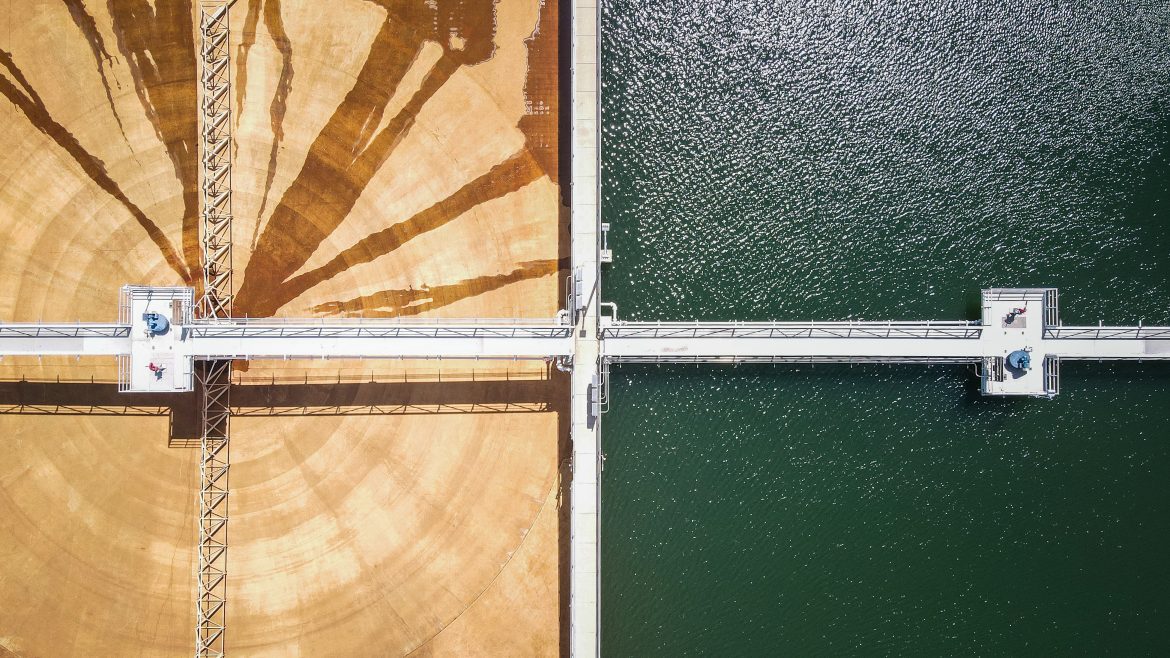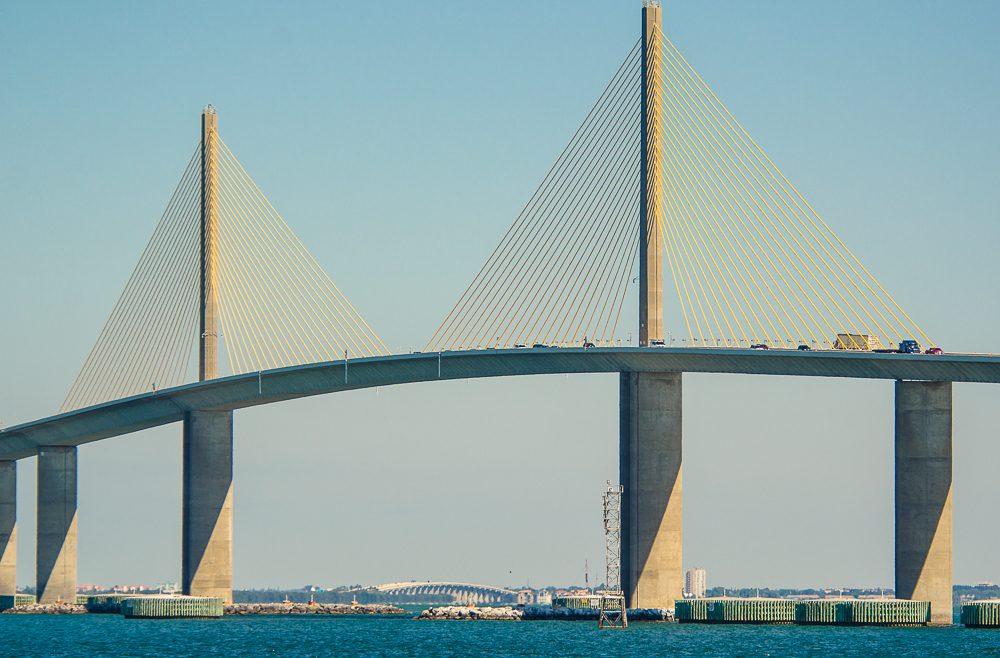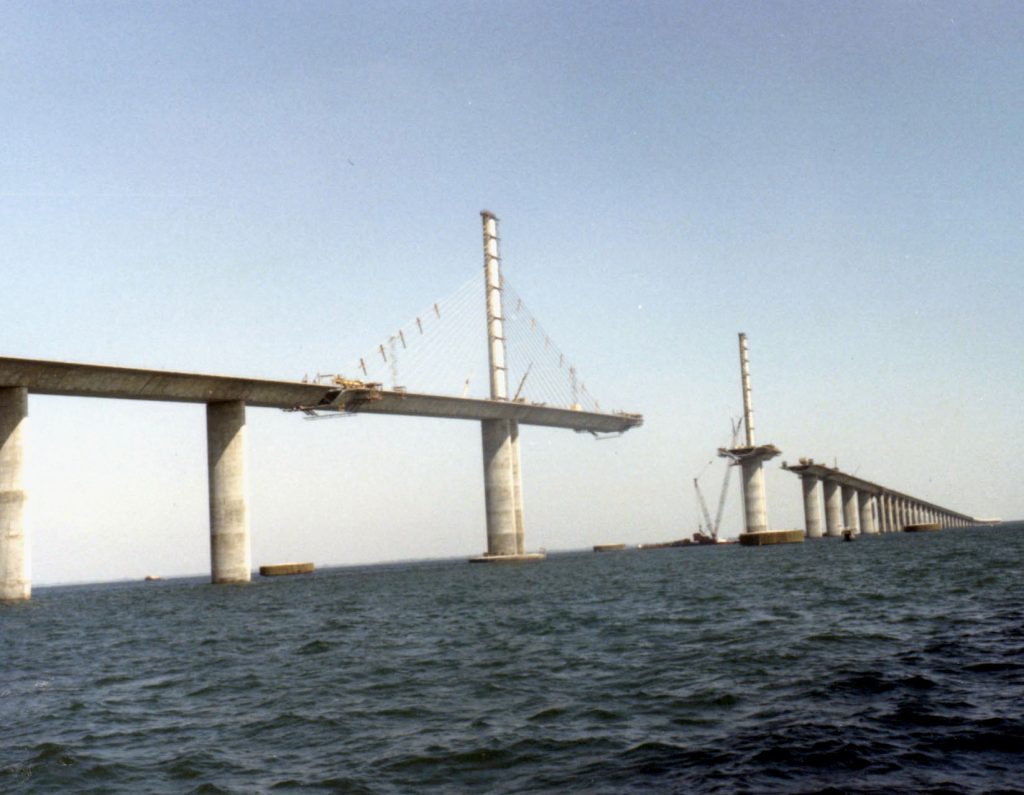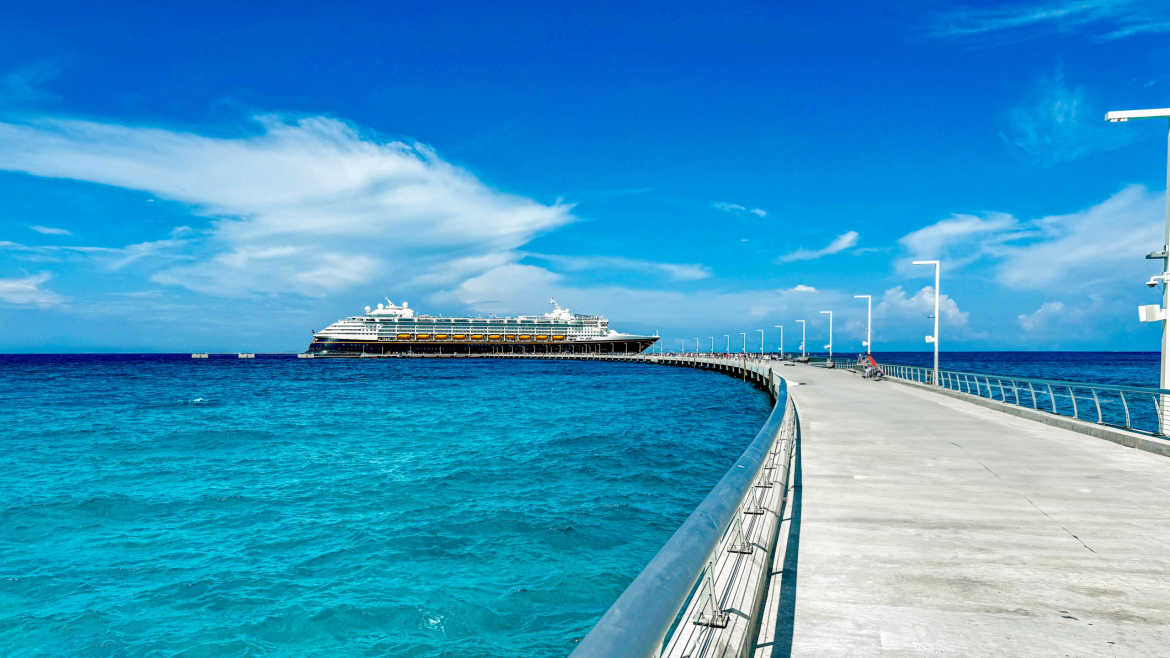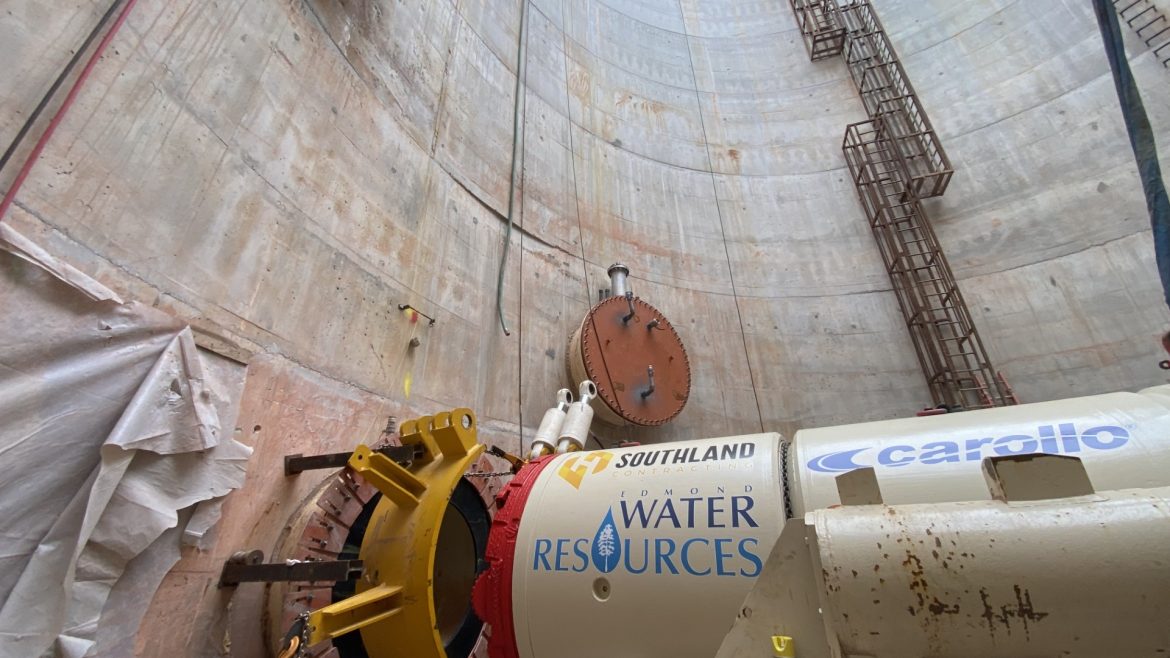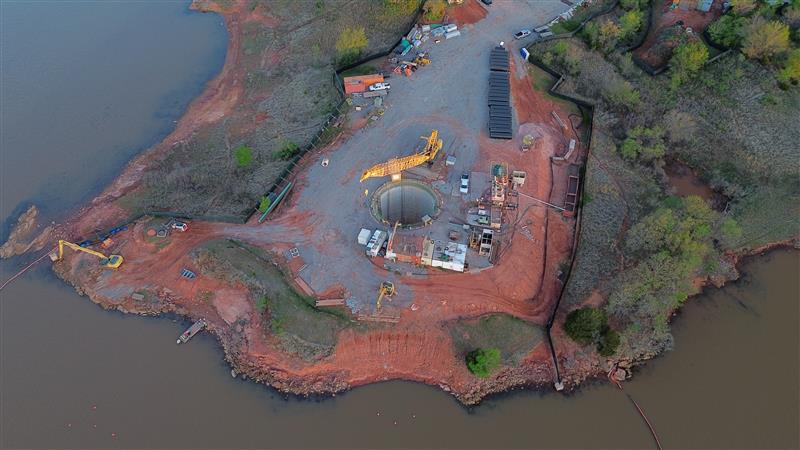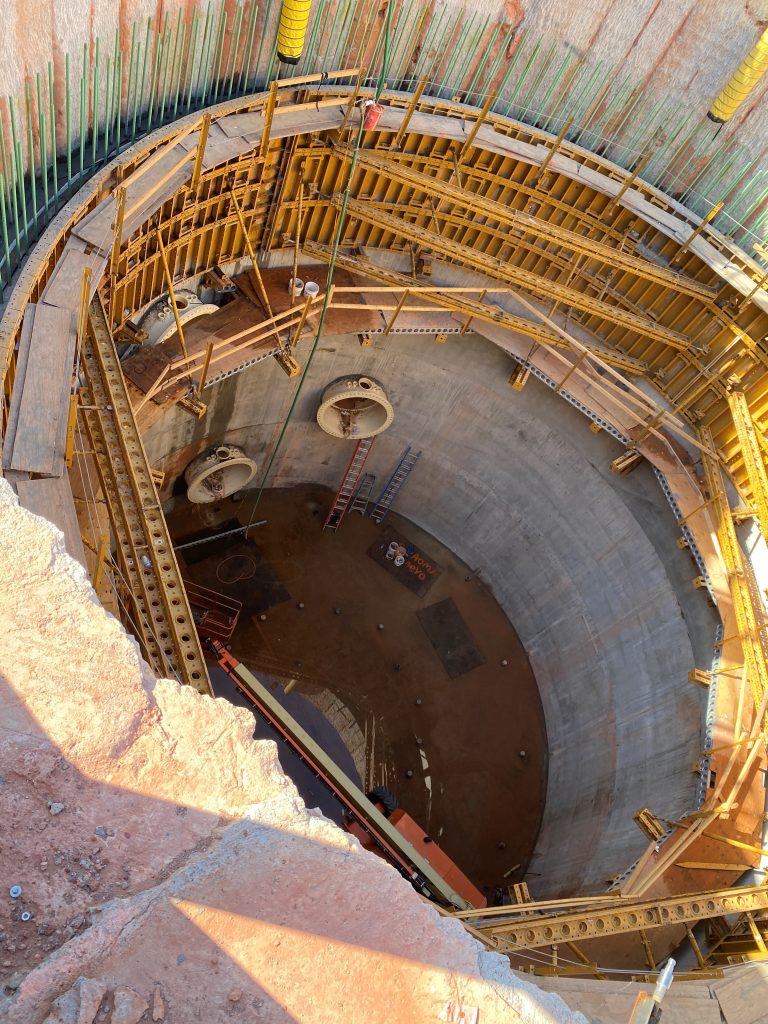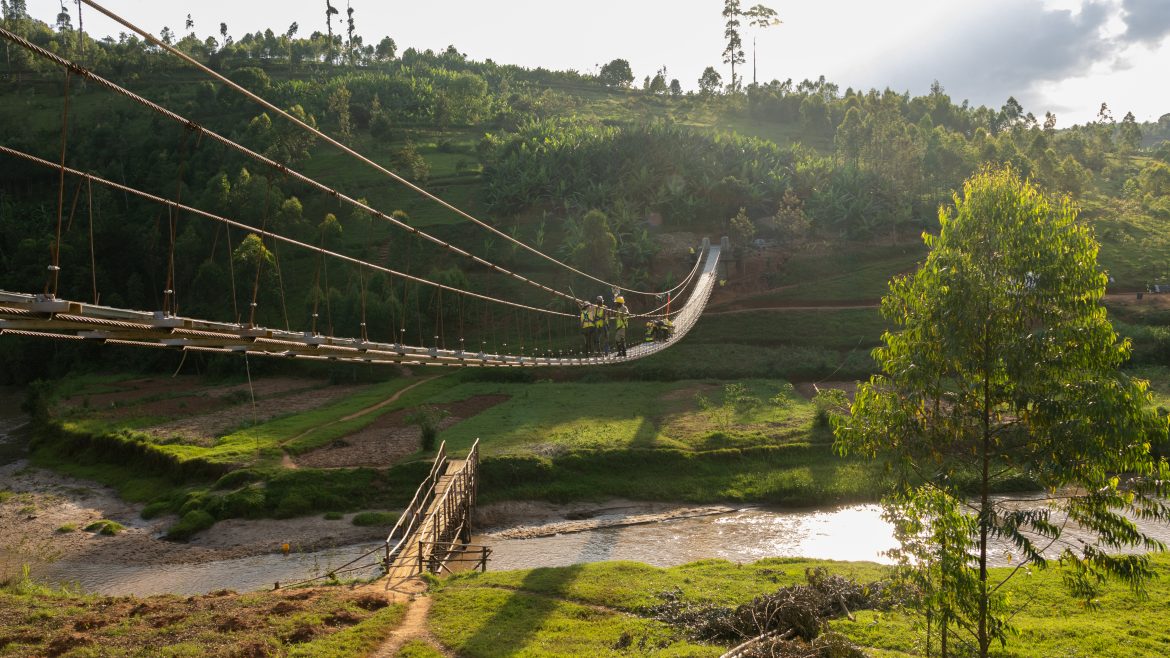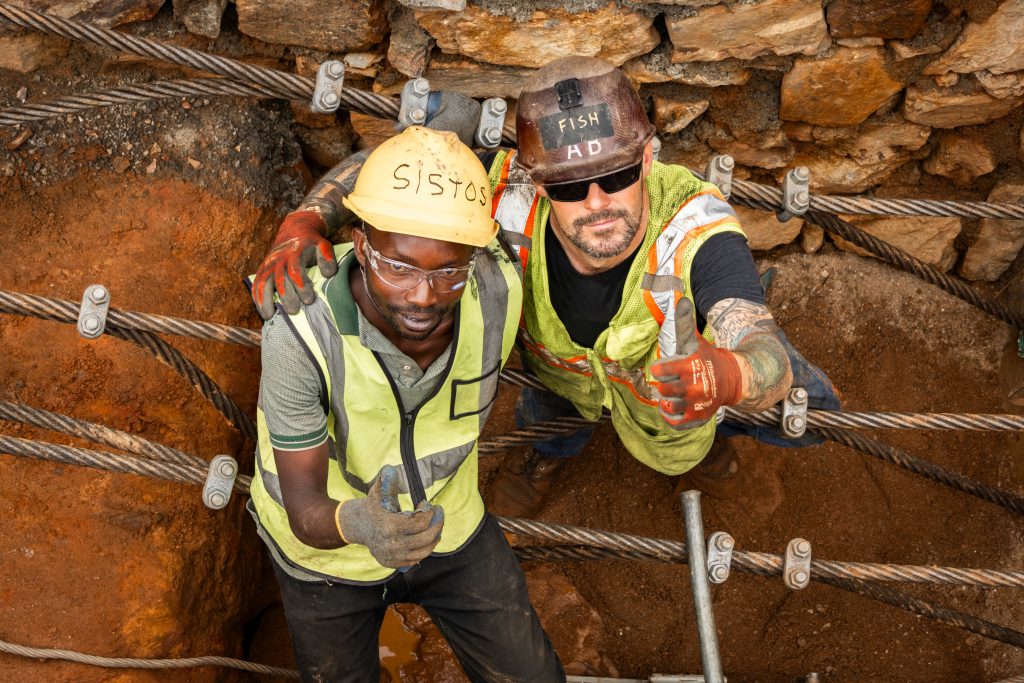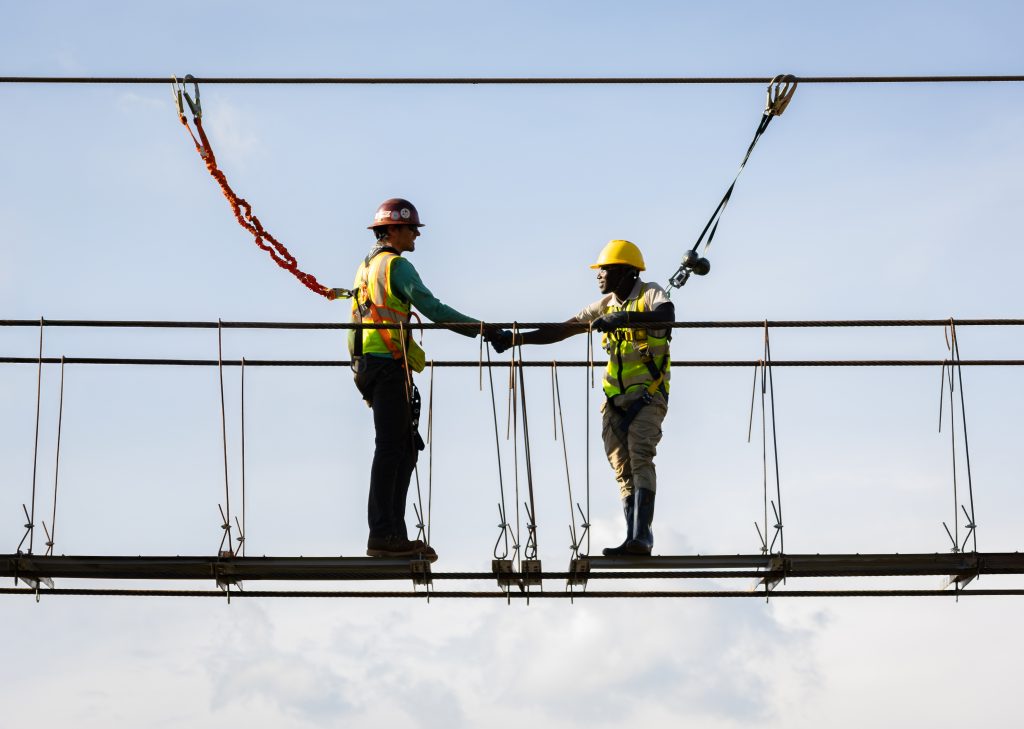Building a Sustainable Future: Celebrating World Water Day
Building a Sustainable Future: Celebrating World Water Day https://www.southlandholdings.com/wp-content/uploads/2025/03/East-Side-1-1024x576.jpg 1024 576 Southland Holdings https://www.southlandholdings.com/wp-content/uploads/2025/03/East-Side-1-1024x576.jpgWater is one of the most valuable resources on our planet, yet billions of people still lack access to clean and safe drinking water. On World Water Day, we take a moment to recognize the importance of water conservation, infrastructure and sustainability—and the role the construction industry plays in ensuring a better future for generations to come.
At Southland, we are proud to contribute to water infrastructure projects that bring clean water to communities and industries across the nation. Our work on water treatment plants and pipelines has helped provide reliable water access while supporting environmental sustainability.
Our Work
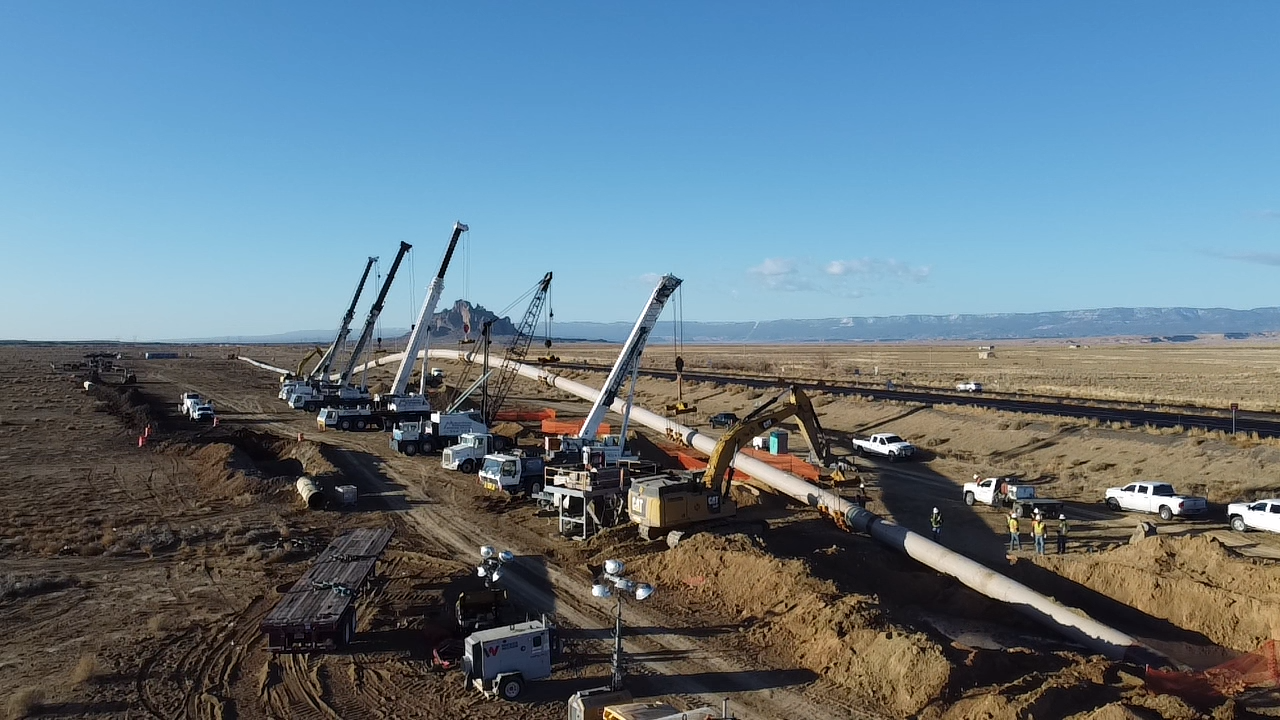
A joint venture between our Oscar Renda Contracting of Canada Inc. and Aecon was awarded a design-build contract by the city of Winnipeg for the North End Sewage Treatment Plant (NEWPCC) upgrade. This project includes a new headworks facility with a raw sewage pump station, a micro-tunnel extension of existing interceptor sewers, a grit removal system, a main control room, fine screens and compactors, and a plant emergency generator facility. As one of the largest wastewater infrastructure projects in North America, this critical upgrade will improve wastewater treatment capabilities to meet the needs of a growing population in Winnipeg and surrounding communities. Completion is expected in the second quarter of 2025.
Another vital project is the NGWSP San Juan Lateral Block 9-11 project, which involves constructing 28 miles of 48- and 42-inch-diameter water transmission steel pipeline between Naschitti, New Mexico, and Twin Lakes. This project, which runs through the Navajo and Jicarilla Apache reservations, is part of a larger 300-mile program that will include two water treatment plants, 19 pumping plants and multiple water storage tanks. Overcoming challenges such as restricted right-of-way access, remote water delivery logistics and cultural site proximity, this initiative is vital to improving water access for Native American communities.
Moving Forward
These projects not only support communities today but also lay the foundation for a sustainable tomorrow. As we celebrate World Water Day, we remain committed to building infrastructure that protects and preserves our water resources. Let’s continue working together to safeguard water for future generations.



